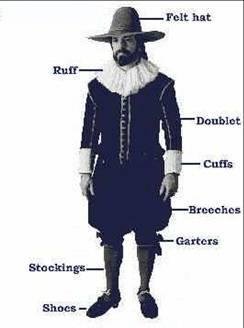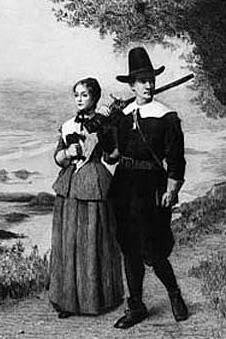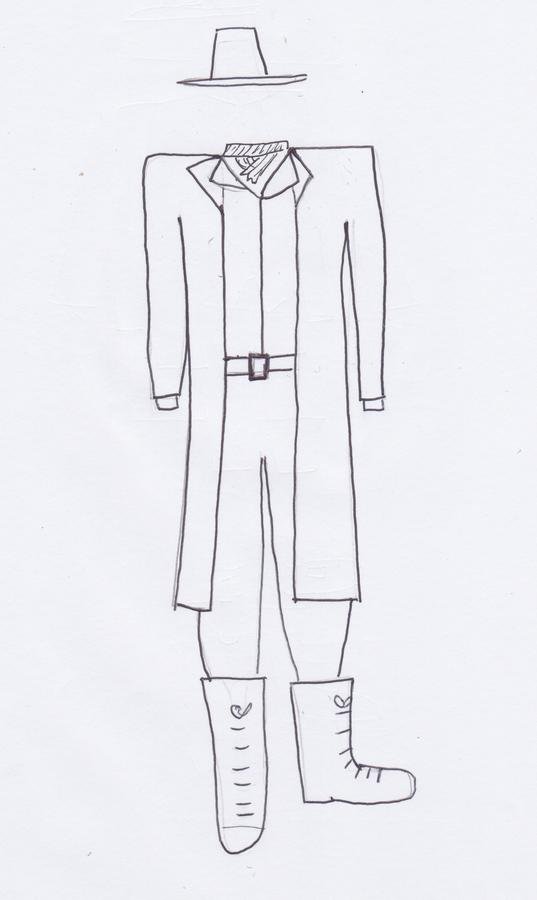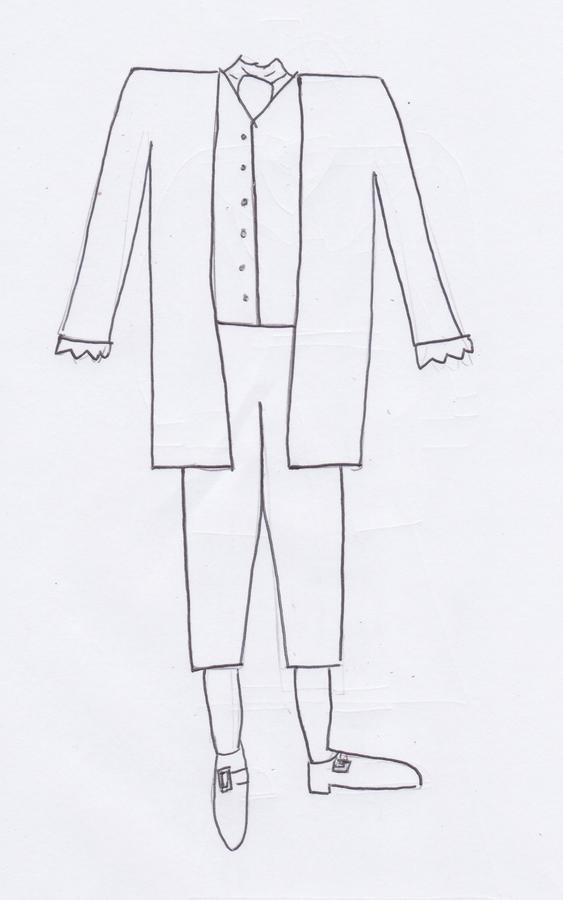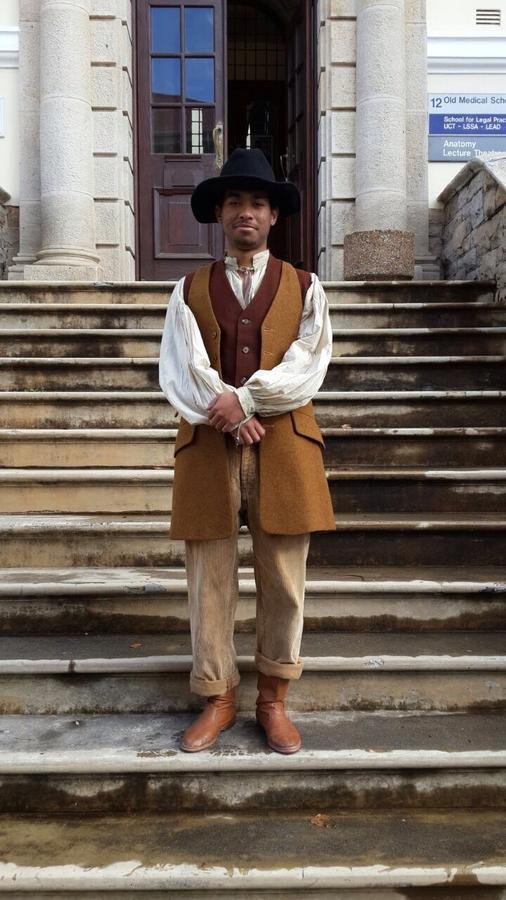THE CRUCIBLE
THE WRITER
The Crucible is written by the American playwright Arthur Asher Miller in 1953. He was born on October 17, 1915, in Harlem, New York City. The Crucible was based on a series of infamous witch trials which took place in Salem, Massachusetts in 1692. Arthur Miller studied witch trials in his collage history course. Arthur Miller lived through a witch-hunt in the United States in the 50’s with the hunt for communists, a movement known as
McCarthyism
HISTORICAL CONTEXT
The Puritans were extremely zealous and anti-catholic, and sought to reform England. However, they were a minority, and so when they had exhausted their attempts to save England, they set their sights on the New World, namely North America. The settlement of Salem in Massachusetts was as a result of this move.
In the village of Salem, the political
and religious spheres were very nearly one and the same. It is
generally accepted that Salem was a theocracy, as Miller explains in
the overture to the play. A theocracy is a system in which a society
is governed by religious rulers. 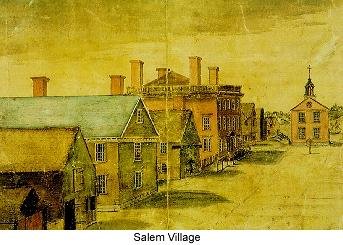
THE PERIOD
In 1692, the United States of America
was still a colony under the British Empire. In Salem Massachusetts,
most of the people that made up the small town were known as Puritans
– a collection of English Protestants in the 16th and
17th century.
Puritanism was a way of life governed
by religious laws forbidding ‘vain enjoyment’ like dancing and
music. Life was centred on the church. Education was based on the
Bible and religious doctrine, whilst toys and dolls were banned. The
Puritans placed focus on being ‘visibly godly’, and activities
like witchcraft were expressly forbidden.
During this time the Salem witch trials occurred. The witch trials were a result of a few young girls falling ill, and then claiming to be possessed by the devil and accusing local people of practicing witchcraft. This caused mass hysteria and the commencement of the witch trials. The trials led to the hanging and imprisonment of many people.
Source: http://www.historyorb.com/events/date/1692
PLOT
THE SCENE




script breakdown


THE COSTUME
COSTUME AND DRESS IN THE 1600S
The Puritan people dressed extremely conservatively, in order to abide by the strict religious practices of their society. Women were expected to cover their bodies from their necks to their wrists and ankles. The colour schemes acceptable within the community were black, grey, brown and white.
The Puritans originated in England,
where 17th Century styles were lavish and extravagant.
While the Puritans did not entirely ignore the fashion of the day,
their religious views meant that their dress
was often more practical
than fashionable.




SKETCHES
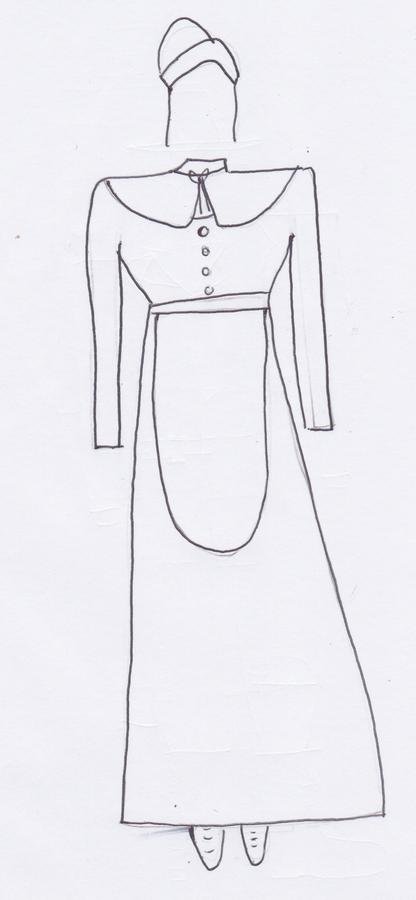

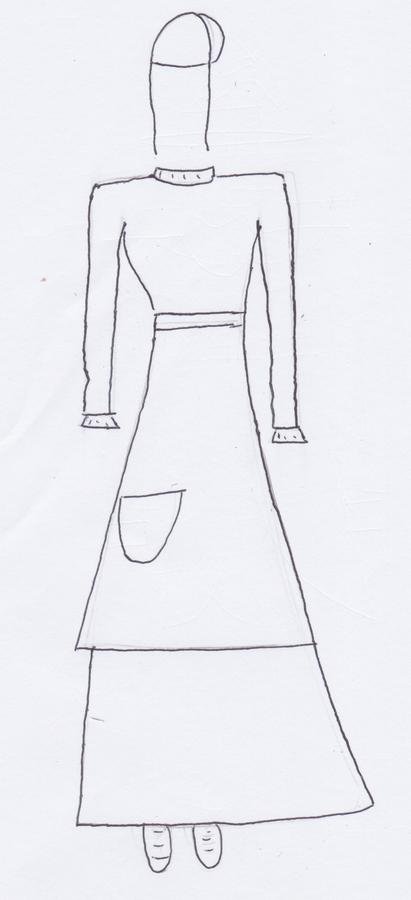
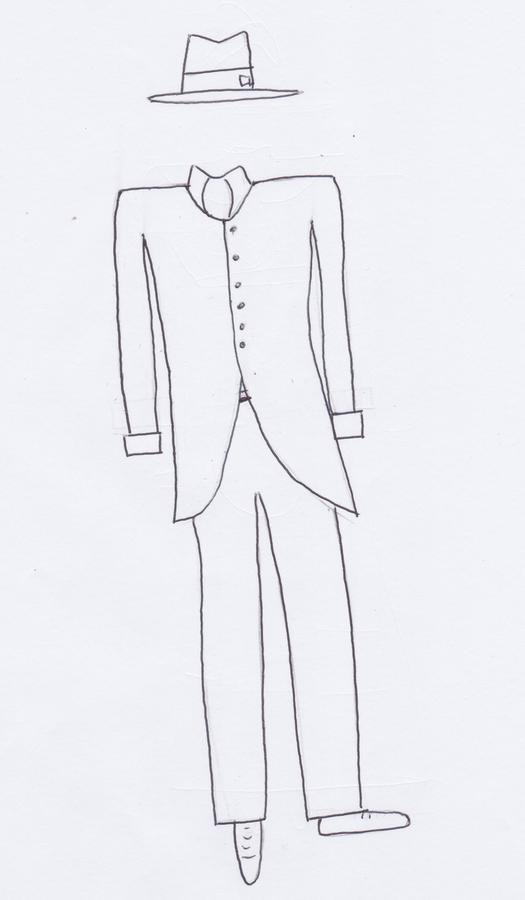
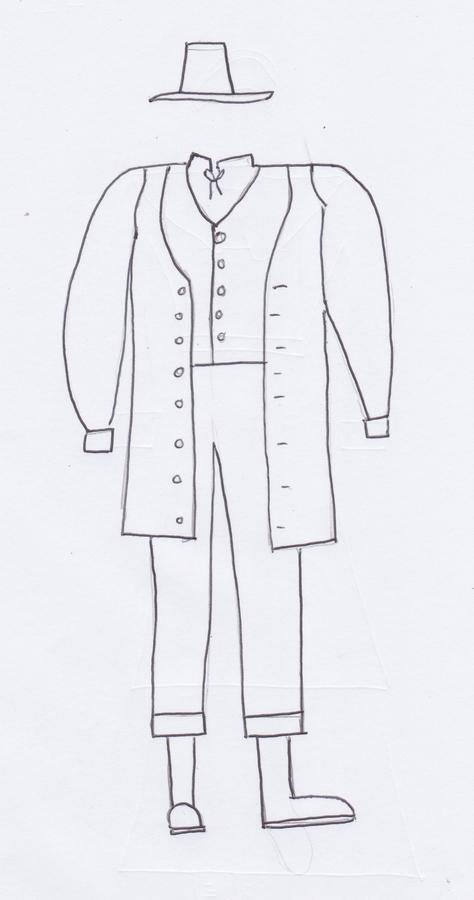

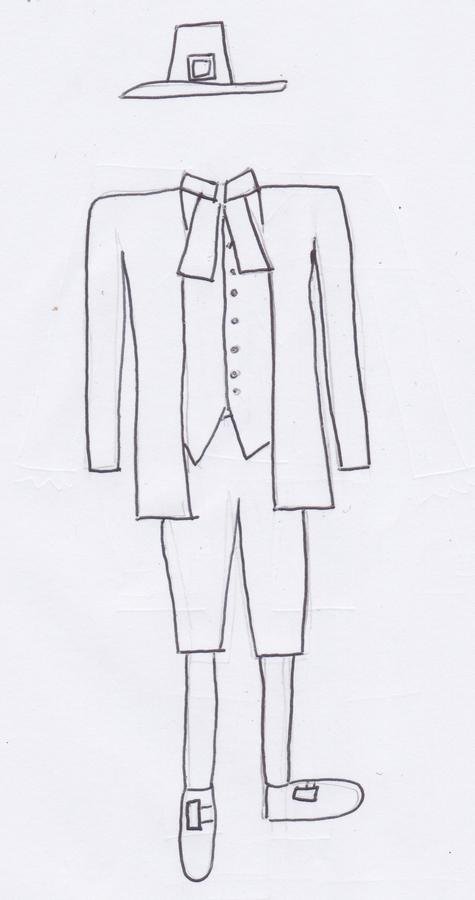
PARRIS
JOhN PROCTOR nelson menell
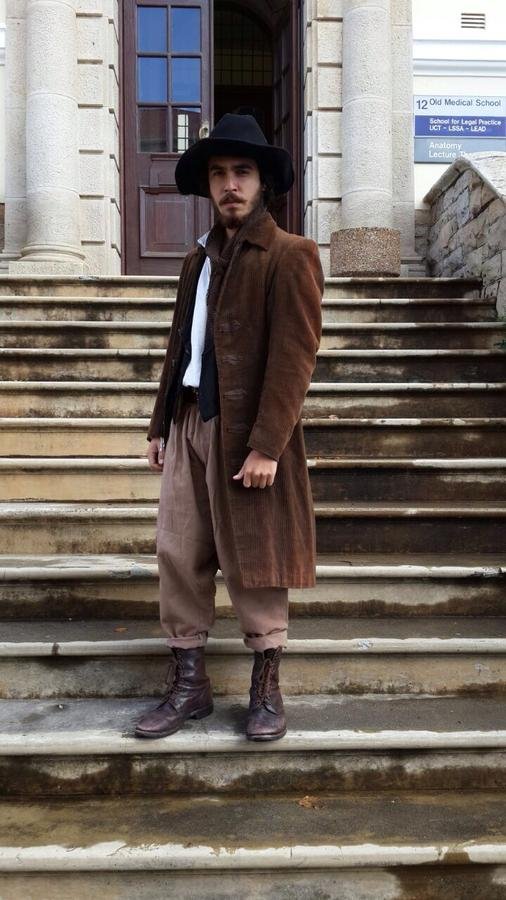
ABIGAIL WILLIAMS andrea colOmbo

elizabeth proctor nicola moerman
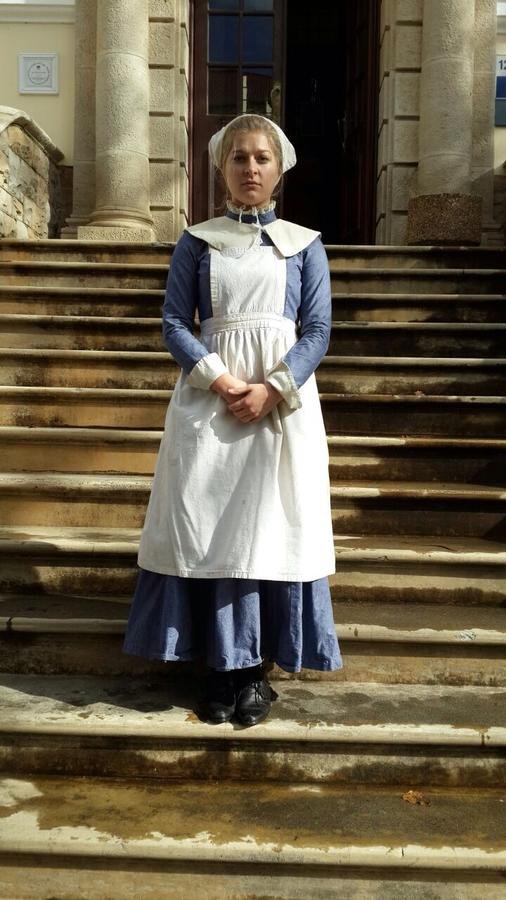
BETTY PARRIS NOXOLO BLANDILE

REVEREND PARRIS TAILYN RAMSAMY
REVEREND HALE
TAZME PILLAY

GILES COREY MATHEW STUURMAN
JUDGE DANFORTH HLUBi NONTLANGA
I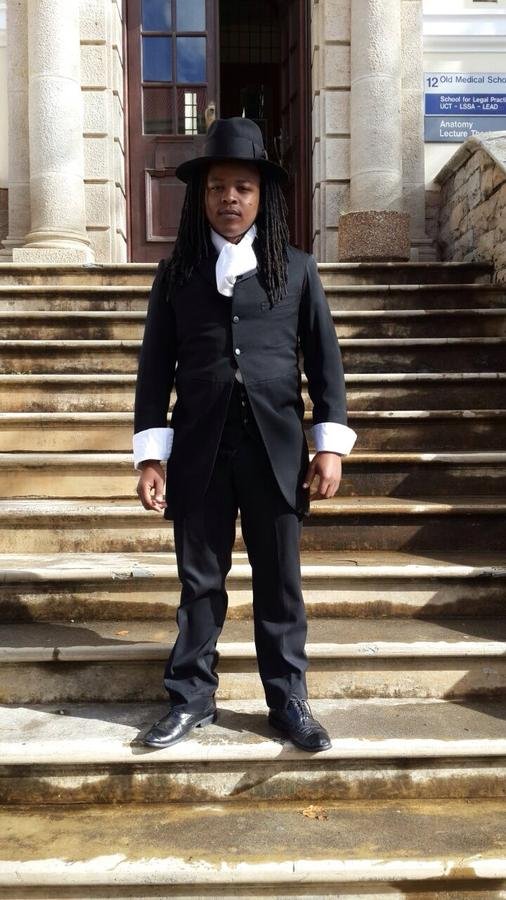
THE SET
THE COURTROOM
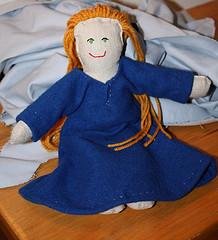
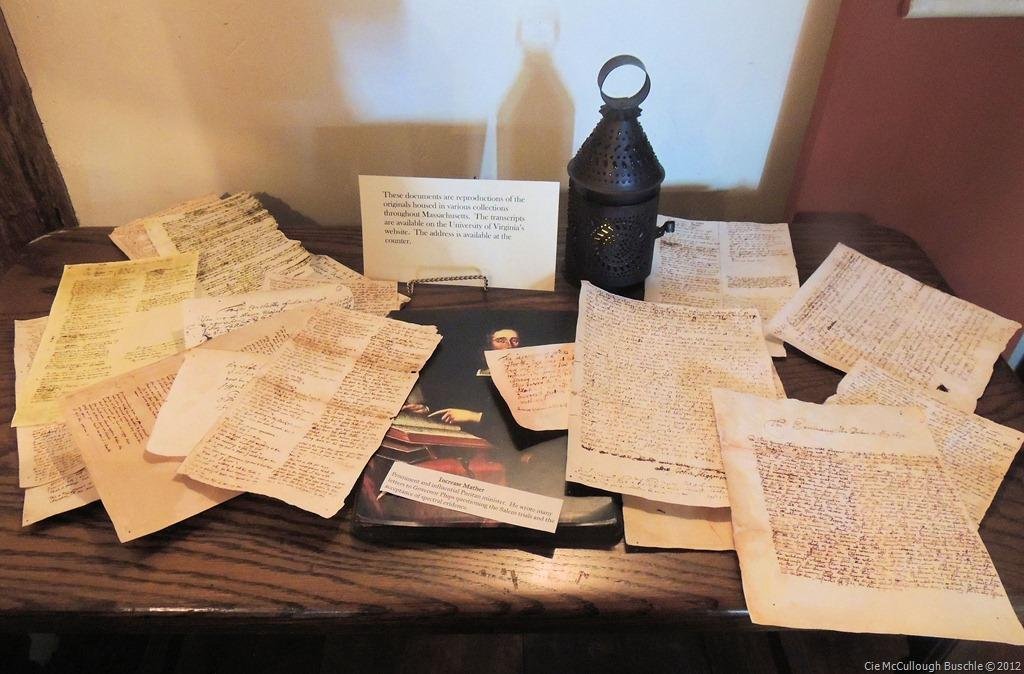

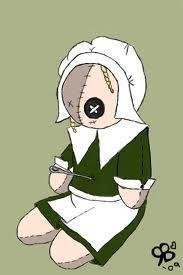
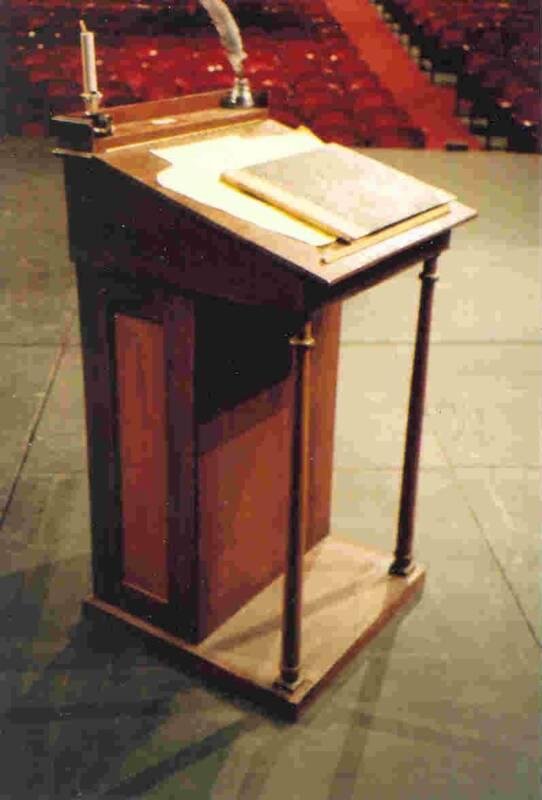
THE music
The Crucible is set in the late 1600s, during the Baroque period in Europe, a particular style from the 17th and 18th Century which shows a sense of order in the universe, in a spirited way.
Baroque music came about after the Renaissance, and was brought about by several well-known composers, including Bach, Handel and Vivaldi.
However, it is important to note that the Crucible takes place not in England, but in a small, pious settlement in the New World. Therefore, there is a divide between the musical movements of Europe and the music that Salemites would have been exposed to.
In Puritanism, which forbids ‘vain enjoyment’ of any kind, music and dancing were strictly prohibited. However, as is made clear in The Crucible, singing psalms in church was permitted as the songs formed part of the Salemites’ worship to God.
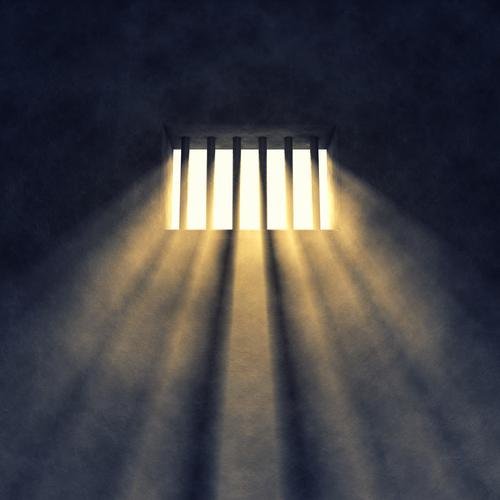
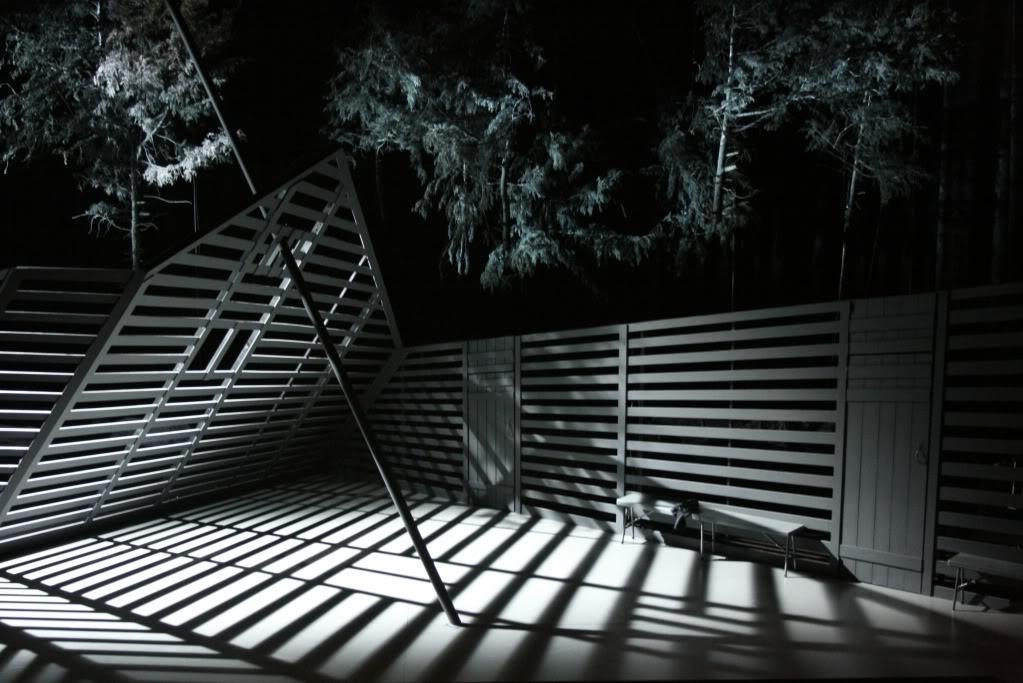
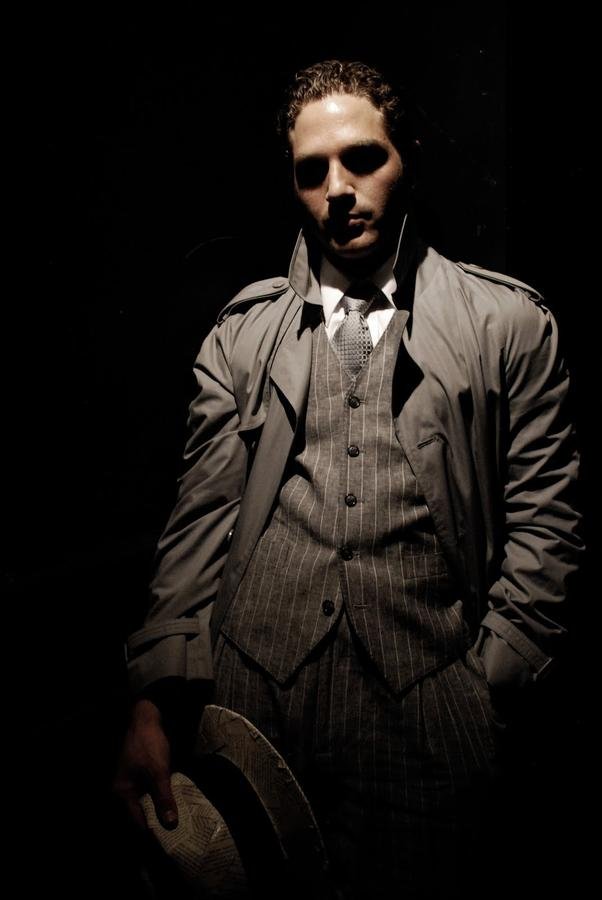
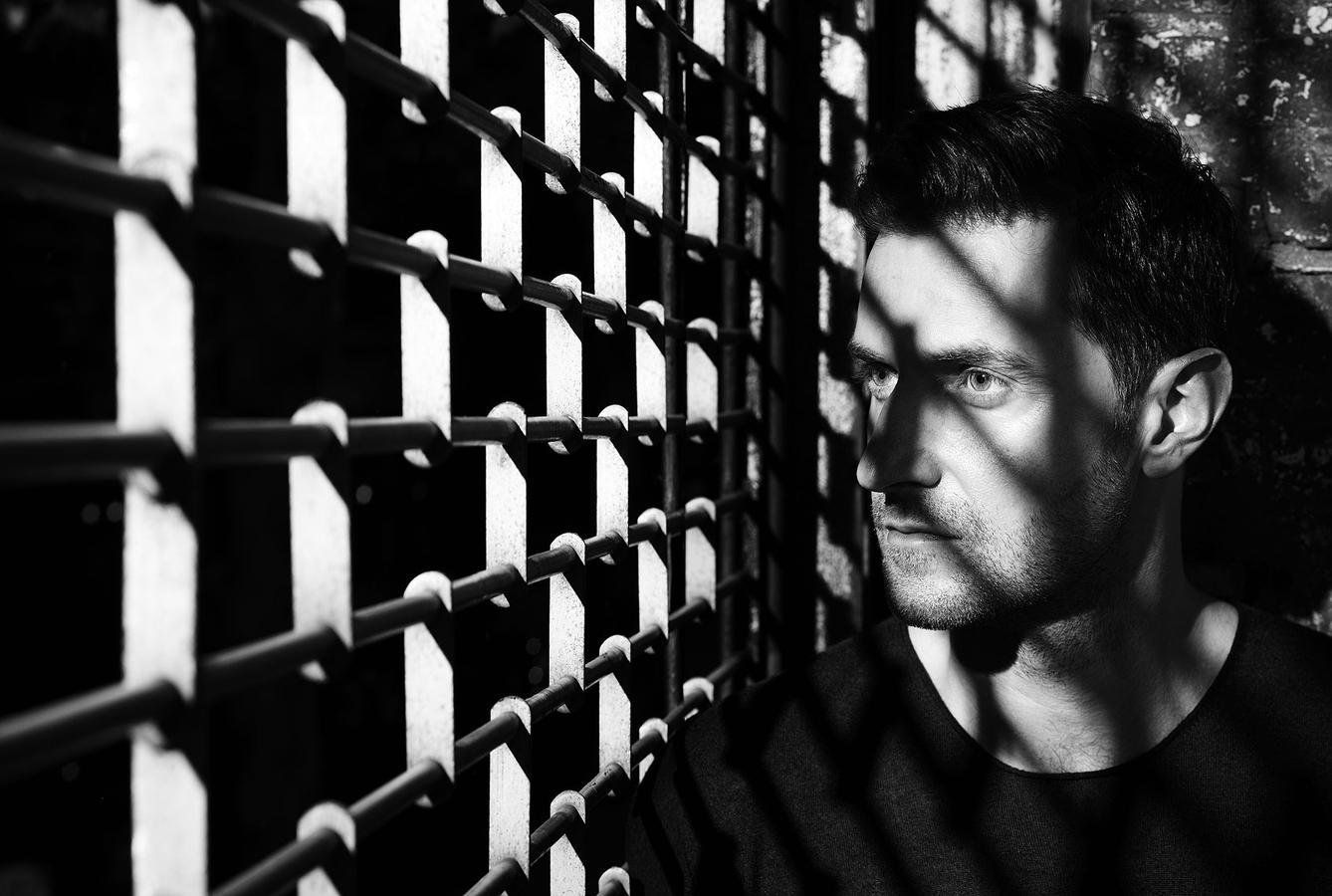 jail
jail

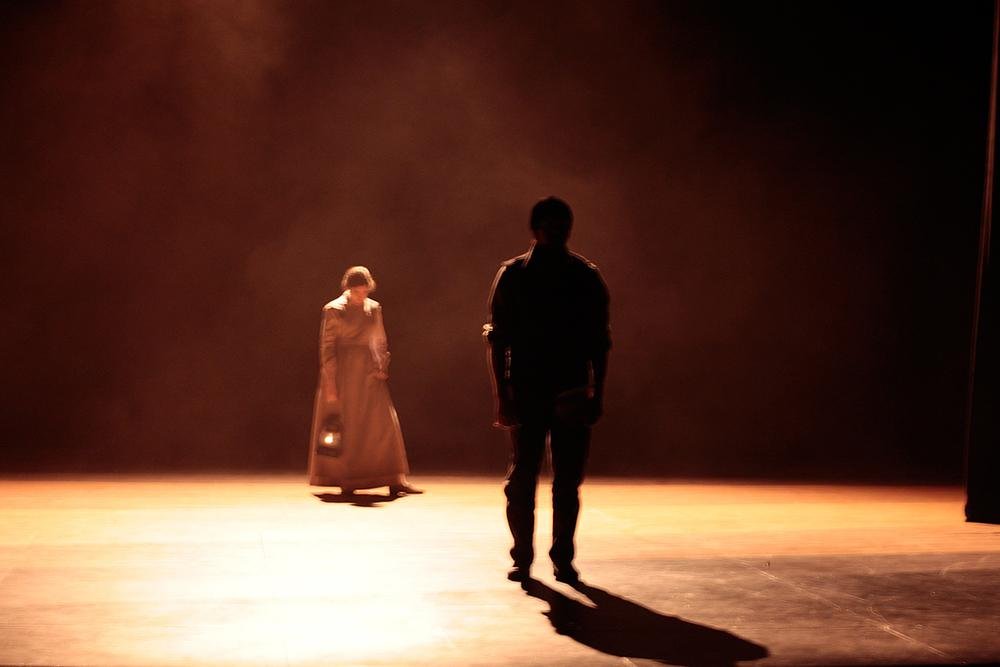 Title
Title
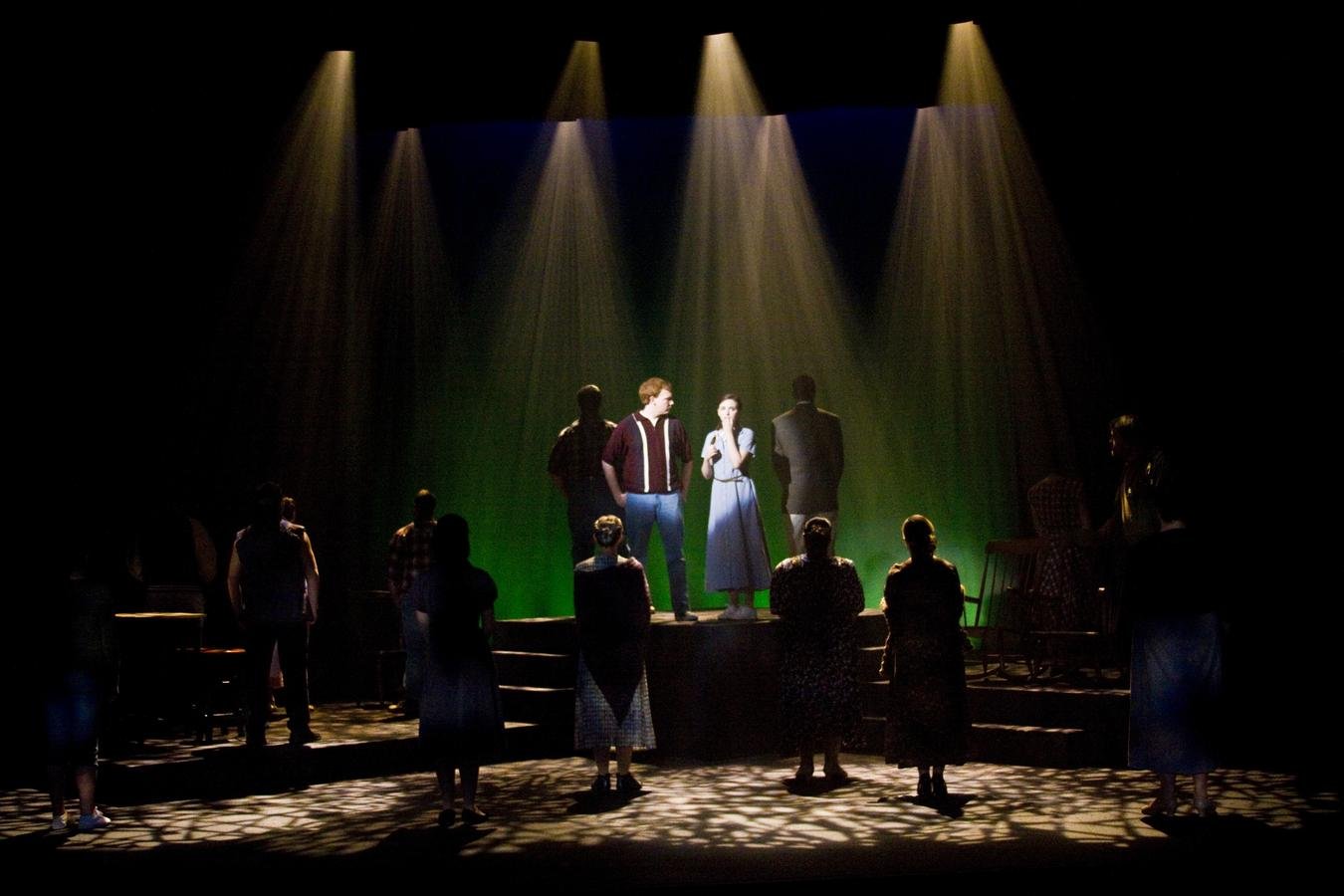
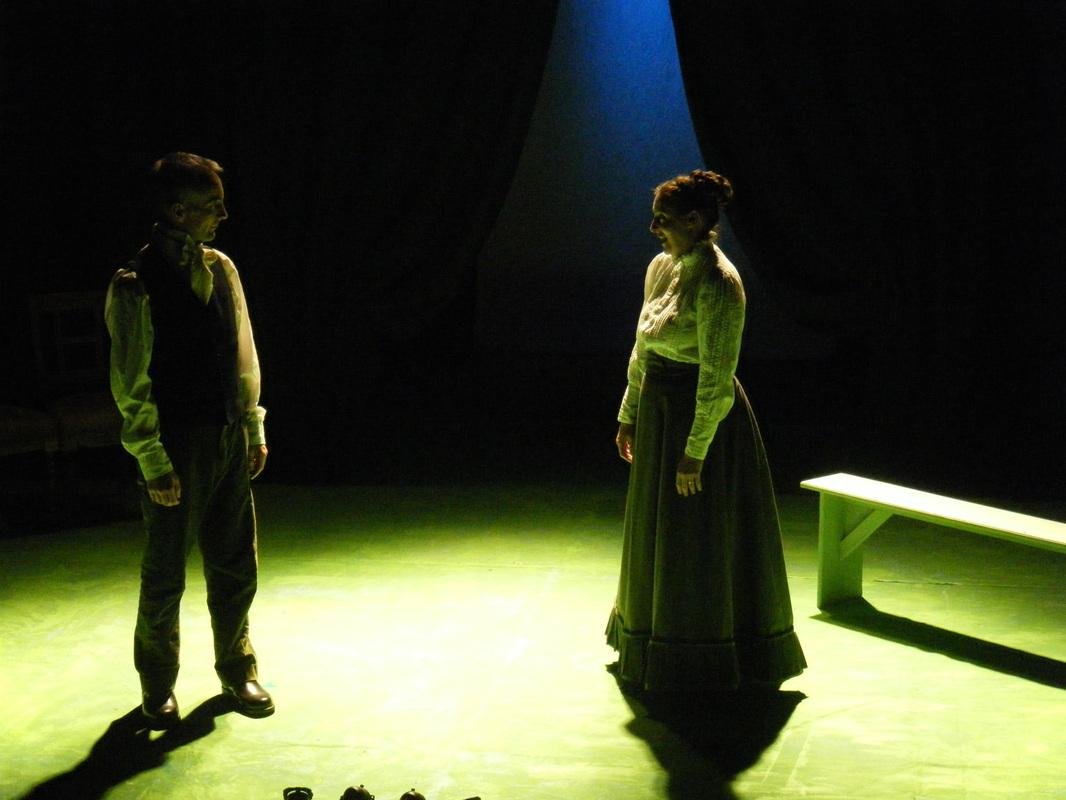
forest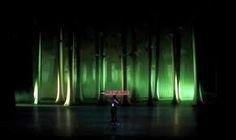
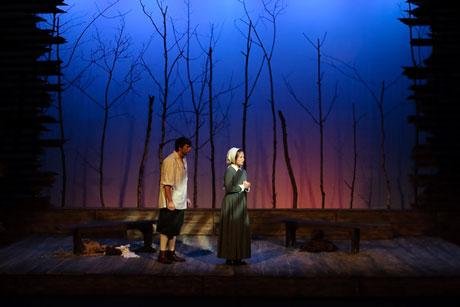
Title
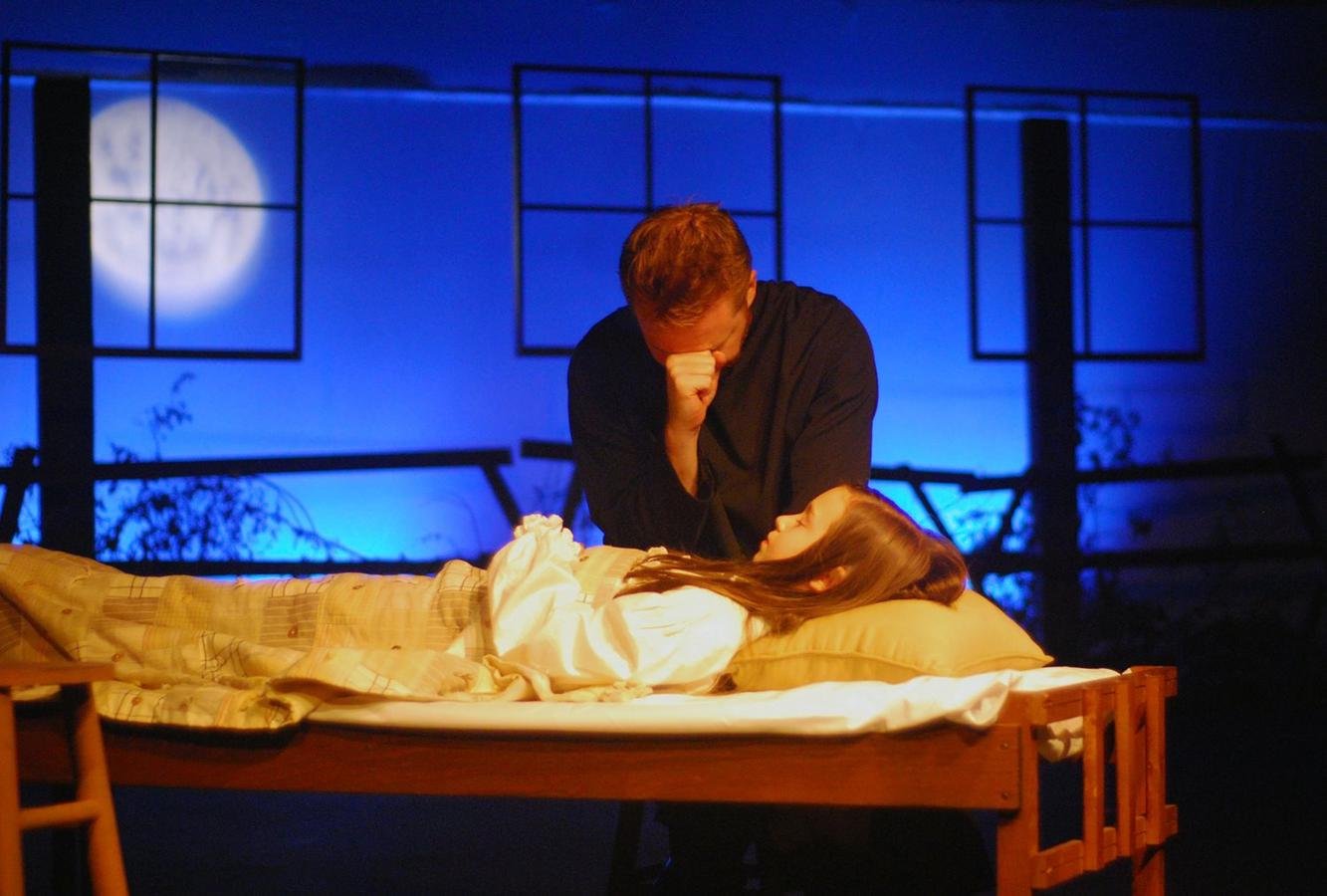
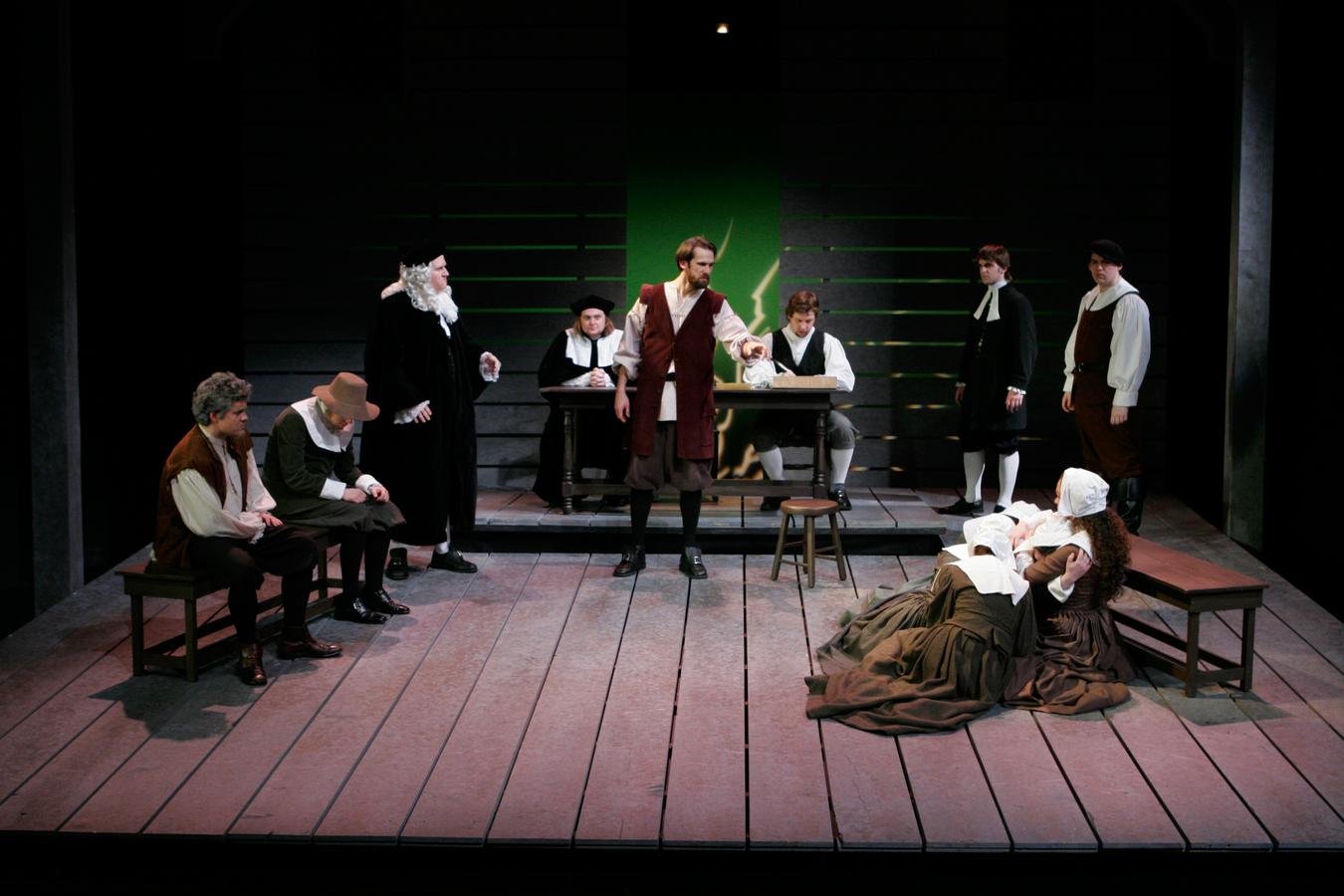

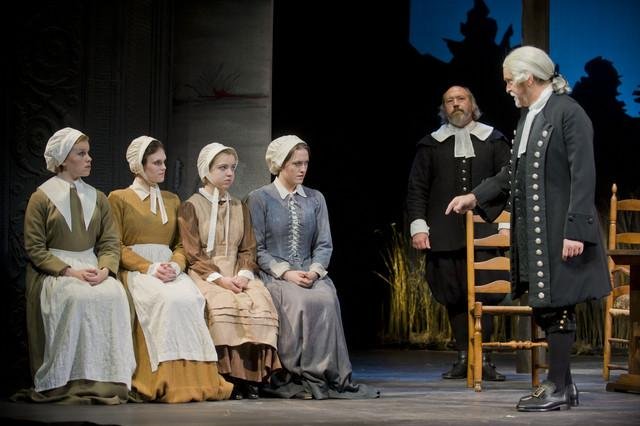
THE LIGHTING PLAN

SOURCES
-
The Crucible movie script, provided by UCT Drama Department.
-
Peacock, J. 1988. Costume 1066-1966. London: Thames and Hudson.
-
Turner Wilcox, R. 1963.Five Centuries of American Costume. London: Adam and James Black.
-
Barton, L. 1935. Historic Costume for the Stage. London: Adam and Charles Black.
-
Morgan, E. S. The Puritan Ethic and the American Revolution. 1967. The William and Mary Quarterly, Third Series. 24(1):3-43. Available: http://www.jstor.org/stable/1920560 [2014, July 26]
-
Baroque Music
Accessed 18 July 2014 18.00
-
New England Puritan Culture and Recreation
http://en.wikipedia.org/wiki/New_England_Puritan_culture_and_recreation
Accessed 18 July
-
The Puritans Purify – Theocracy in Massachusetts
Accessed 18 July 2014 16.50
-
2 Centuries of Costume in America
http://www.gutenberg.org/files/10115/10115-h/10115-h.htm#I
Accessed 26 July 2014 9.30
-
Recreating The Fashions of the 1600s
http://thepragmaticcostumer.wordpress.com/2011/11/11/recreating-the-fashions-of-the-1600s-the-feast/
Accessed 26 July 2014 10.00
-
Pilgrim fashion
http://oftrimsandfrillsandfurbelows.blogspot.com/2009/11/pilgrim-fashion.html
Accessed 26 July 2014 10.00
-
Puritan Dress Codes
http://people.opposingviews.com/puritans-beliefs-dress-codes-6712.html
Accessed 26 July 10.30
-
It’s About Time- 1500s – 1600s Fashion
http://bjws.blogspot.com/2013/01/1600s-modified-ruffs-wings-persist-with.html
Accessed 26 July 10.30
-
1600-50 in Western European Fashion
http://en.wikipedia.org/wiki/1600–50_in_Western_European_fashion
Accessed 26 July 10.30
-
Baroque Era
http://www.discoversinging.co.uk/tag/baroque-era/
Accessed 26 July 10.30
-
1650 – 1700 in Western European Fashion
http://en.wikipedia.org/wiki/1650–1700_in_Western_European_fashion
Accessed 26 July 10.30
-
Introduction: The Puritans
http://academic.brooklyn.cuny.edu/english/melani/english2/puritans_intro.html
Accessed 26 July 11.00
-
New England Early Puritans Did Not All Dress in Black Clothes
Accessed 26 July 11.00
-
